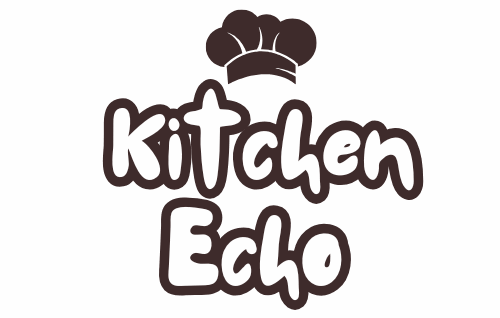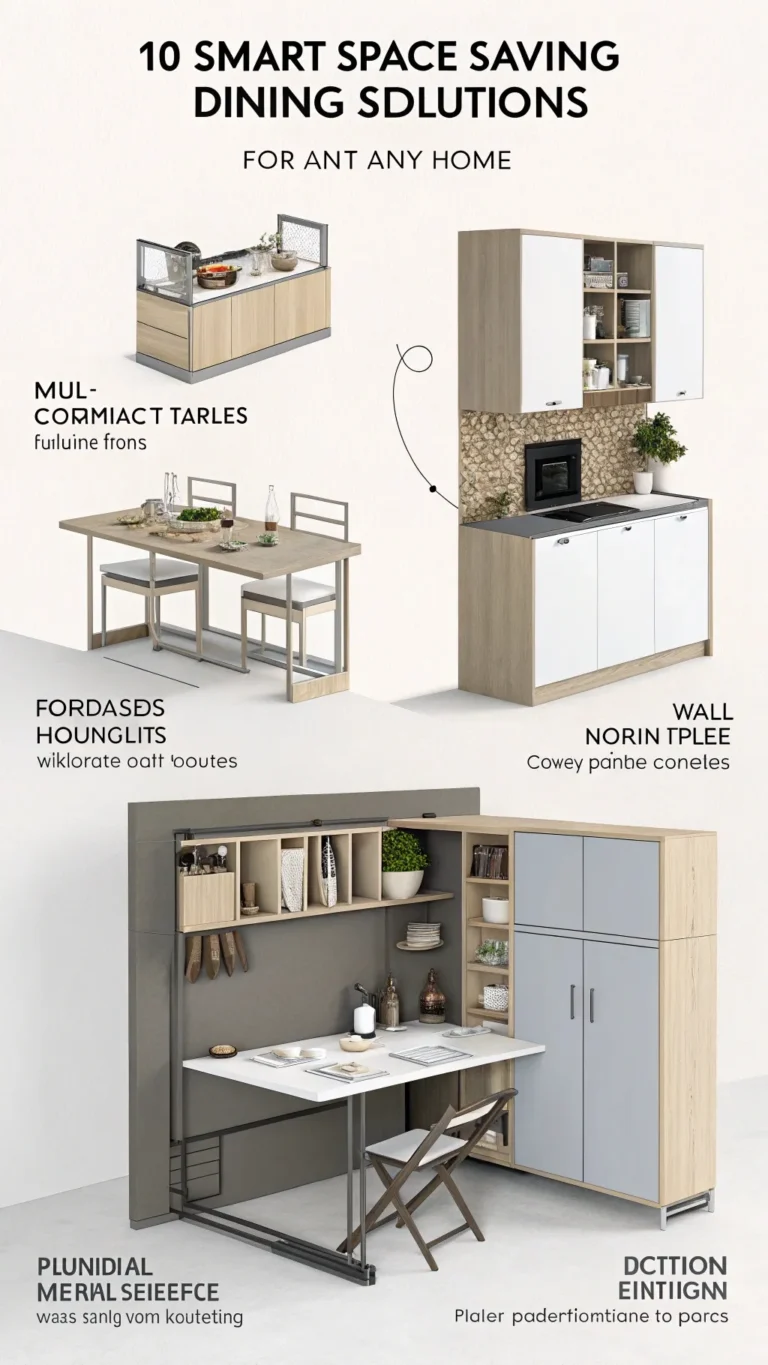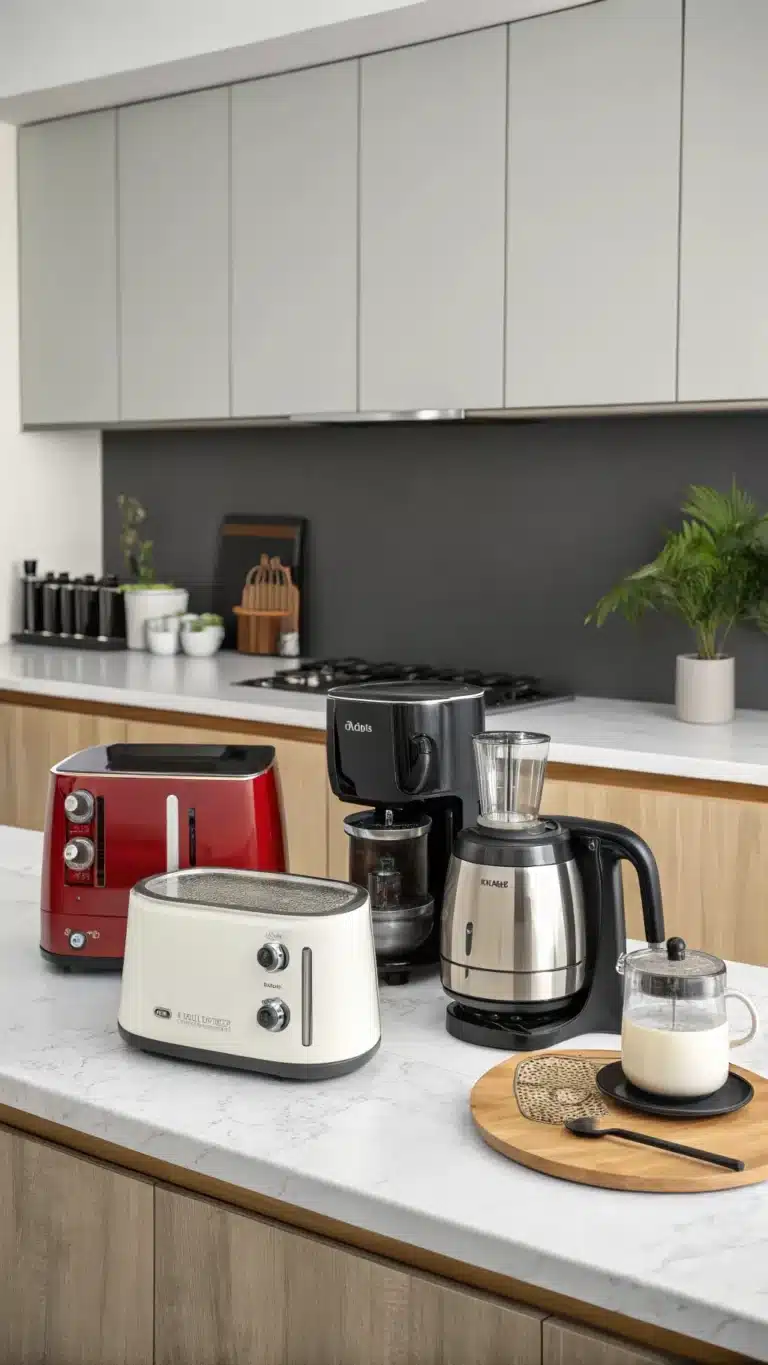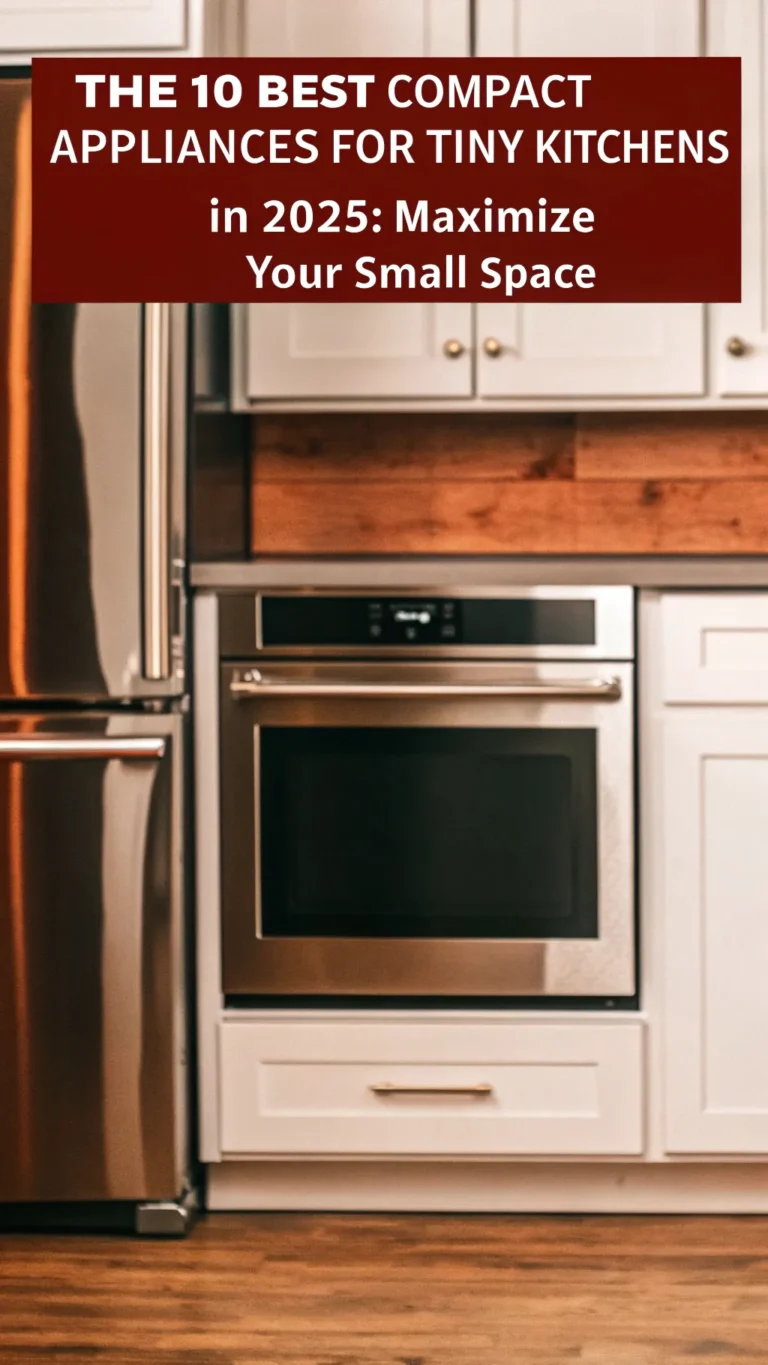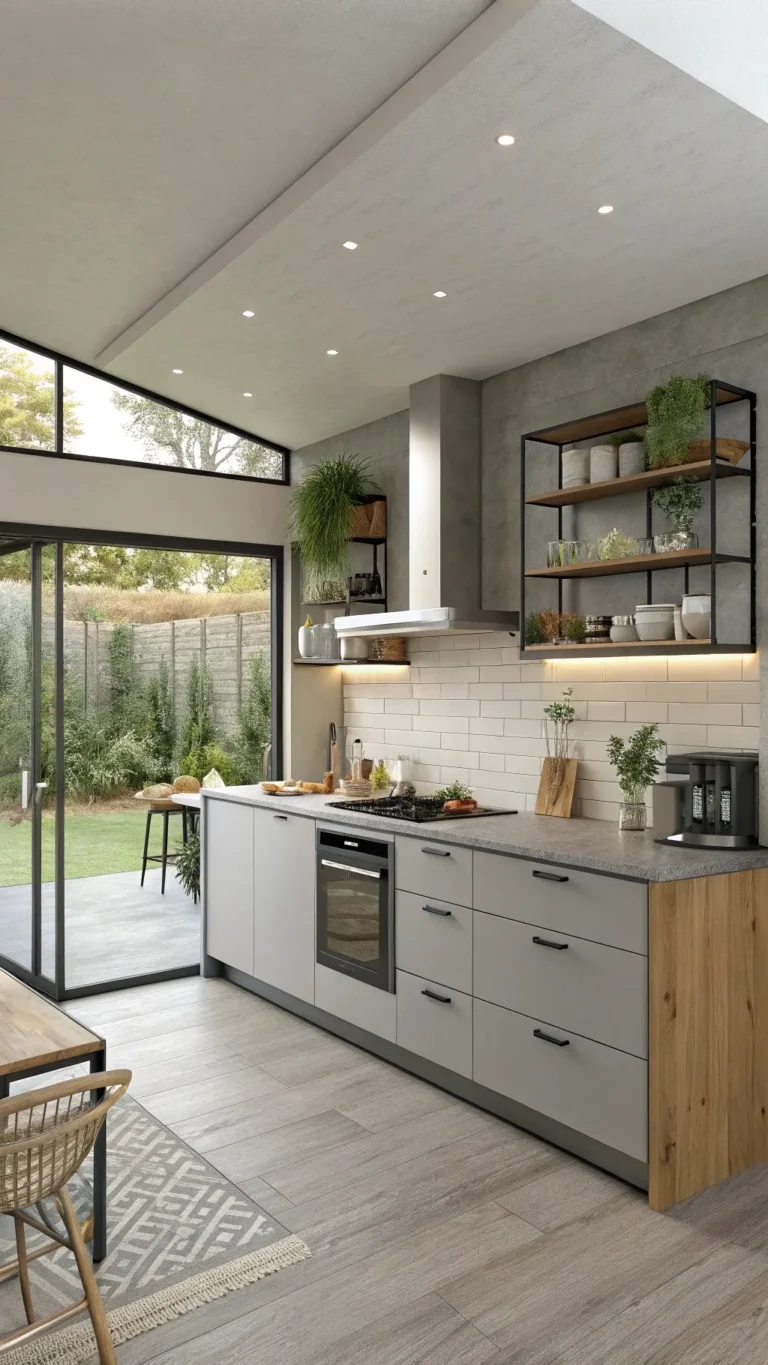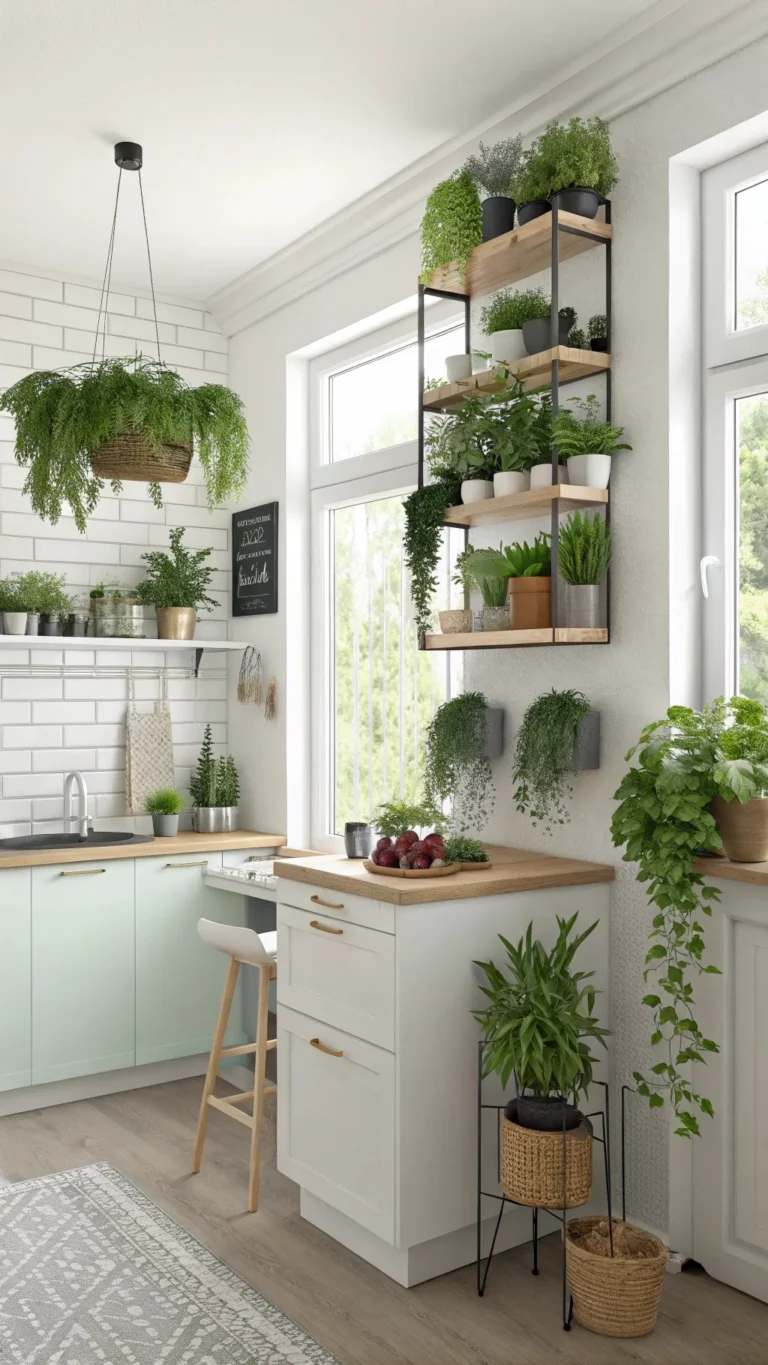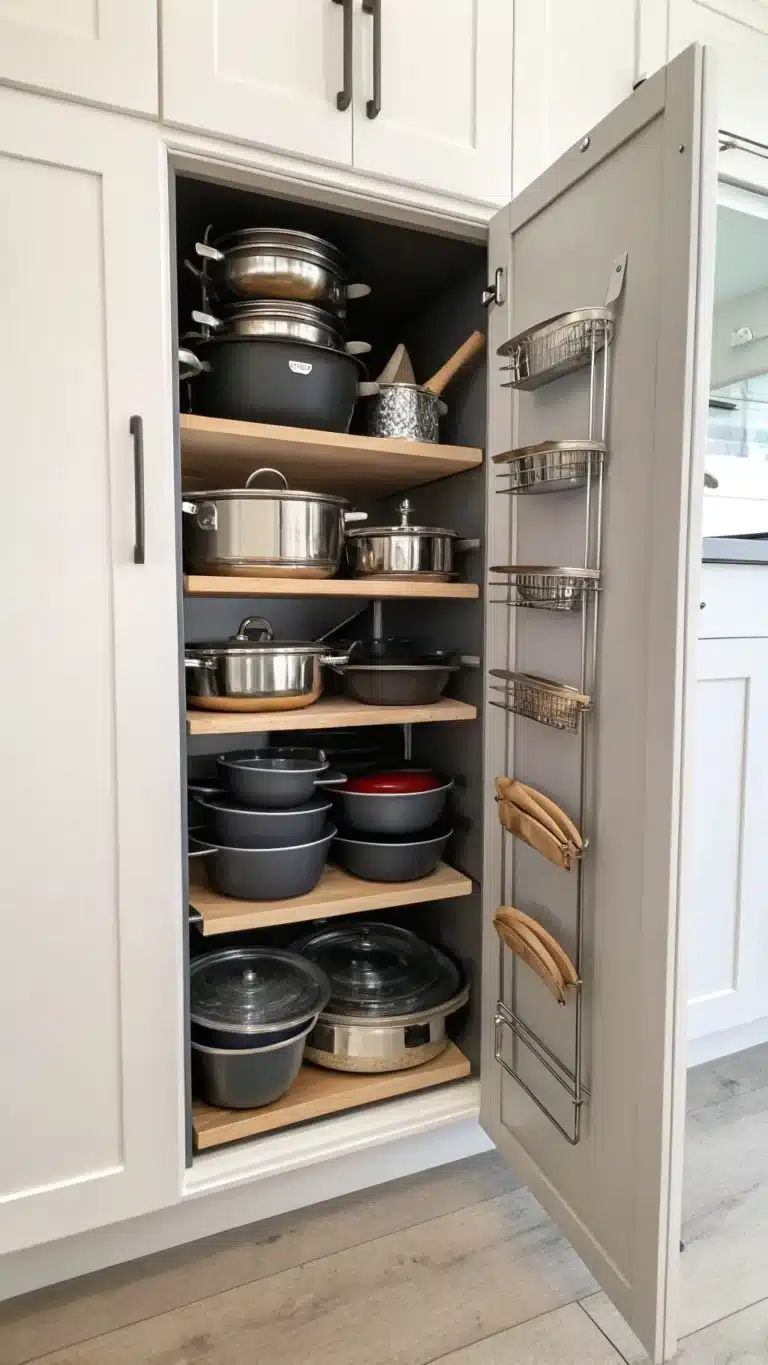Modern Kitchen Mastery: Skills, Smart Tools, Meal Prep & how much does it cost to reface cabinets in a small kitchen Insights
Cooking can feel overwhelming sometimes. Maybe you feel lost in your kitchen space. You might lack time for meals. Or you don’t know where to even start. I have spent years in kitchens. My own kitchen is my happy place now. But it was not always so easy.
Many people think they need big kitchen changes. Perhaps you wonder about fixing up cabinets. You ask, “How much does it cost to reface cabinets in a small kitchen?” But often, the real magic is simpler. It is not about expensive updates. Mastering your kitchen means using what you have better. You need key skills. Smart tools help a lot. Good habits make a difference.
This guide will help you cook better. I will share what I learned. We will cover simple cooking skills. We will find useful kitchen tools. Some are smart gadgets. You will learn meal prep secrets. This saves lots of time. I will share quick meals and cooking hacks too. We will make your kitchen work for you. Get ready to enjoy cooking more. Let’s make your kitchen a place you love.
Mastering Essential Kitchen Skills
Cooking well starts with the basics. You need to know some simple moves. These skills make everything easier. They build your cooking confidence.
The Power of the Knife: Essential Cuts and Techniques
Your knife is your best friend. A sharp knife is safer. It cuts clean and fast. Learning how to hold it is first. Pinch the blade near the handle. This gives you control.
Practice dicing an onion. Cut it in half first. Lay a half flat. Slice down but not through the root. Then slice across. Finally, dice it small. This builds knife skills. It saves time later.
Heat Control is Key: Understanding Stovetop, Oven, and Broiler Basics
Heat changes everything. Too high burns food fast. Too low makes food soggy. Learn what medium heat feels like. See how oil shimmers. Hear the gentle sizzle.
Ovens use dry heat. Roasting makes food crispy. Baking is softer. A broiler gives direct heat. It browns things fast. Use it for melting cheese. Or finishing fish skin. Controlling heat means better results.
Building Flavor: Sautéing Aromatics, Deglazing, and Layering Seasoning
Flavor comes from steps. Start by cooking onions and garlic. This is sautéing aromatics. They smell amazing. They build a base flavor. Deglazing adds depth. Pour liquid into a hot pan. Scrape up brown bits. Those bits are pure flavor.
Season food as you go. Not just at the end. Salt and pepper early. Taste often. Add herbs and spices layer by layer. This makes complex, delicious food.
Demystifying Basic Sauces and Emulsions
Sauces seem fancy. Many are simple. A pan sauce uses deglazing liquid. Add butter or cream. Reduce it down. Vinaigrette is an emulsion. Oil and vinegar don’t mix naturally. Whisk them hard. Add mustard to help. It holds them together. Basic sauces lift simple meals.
Essential & Smart Kitchen Tools for Efficiency
Good tools make cooking fun. They save you time. They make hard jobs easy. You don’t need every gadget. Start with the must-haves.
The Non-Negotiables: Timeless Tools Every Kitchen Needs
Some tools are kitchen heroes. A good chef’s knife is key. A sturdy cutting board is next. You need a few pots. A small saucepan. A large pot for pasta. A couple of frying pans. One non-stick is helpful. Cast iron is great for searing.
Measuring cups and spoons are vital. A set of mixing bowls. A colander for draining. A vegetable peeler. A can opener. These tools last years. They do their job well.
Time-Saving Heroes: Pressure Cookers, Immersion Blenders, and Food Processors
Some tools speed things up. A pressure cooker cooks fast. It makes tough cuts tender quickly. An immersion blender is quick clean-up. Blend soup right in the pot. No pouring hot liquid.
A food processor chops fast. It slices and grates too. Making pesto is easy. Chopping many vegetables is quick. These tools are worth the space.
Stepping into 2025: Embracing Smart Kitchen Gadgets
Technology helps in the kitchen now. Smart scales weigh precisely. Some connect to apps. Sous vide cookers use water baths. They cook food perfectly even. You can’t overcook your steak.
App-connected appliances exist. Ovens you turn on remotely. Refrigerators that list contents. These smart gadgets add precision. They can streamline complex tasks. It’s like having a little assistant.
Tools for Sustainable Cooking
Think about the planet too. Reusable food wraps cut waste. Compost bins handle scraps. Energy-efficient appliances use less power. Cooking with seasonal produce is sustainable. Tools that help preserve food are useful. Canning jars or vacuum sealers.
The Art of Efficient Meal Prep
Meal prep changed my life. It saves money. It saves time during the week. It lowers stress about dinner. You eat healthier too. Planning is the first step.
Why Meal Prep Matters: Saving Time, Money, and Stress
Imagine dinner ready in minutes. That’s the power of prep. You cook components ahead. Rice, chicken, chopped veggies. Then mix and match them fast. Less eating out means saving money. Less frantic cooking means less stress.
Planning Your Week: Building a Realistic Meal Prep Schedule
Start small with a plan. Look at your week. When are you busy? Plan simple meals for those nights. Choose a prep day. Often Sunday works well. Decide what to cook ahead. Don’t plan too much at first. One protein, one grain, some chopped veggies.
Batch Cooking Techniques: Grains, Proteins, and Vegetables
Cook a big batch of rice. Make a large pot of quinoa. Roast several chicken breasts. Or cook a big pot of beans. Chop onions, peppers, carrots. Store them in containers. Hard-boil eggs for snacks. These batch items are building blocks.
Smart Food Storage Solutions for Freshness and Safety
Good containers keep food fresh. Glass containers are great. They don’t stain. They go in the oven. Plastic is lighter. Make sure they seal well. Store different items separately. Cooked food goes on upper shelves. Raw meat on lower shelves. This is for food safety. Food should cool fast before storing.
Quick Assembly Meals: Turning Prepped Components into Dinners
Use your prepped items. Mix cooked rice with beans and salsa. Add pre-cooked chicken. Make a quick stir-fry. Use chopped veggies. Add your prepped protein. Toss roasted vegetables with pasta. Top with cheese. Dinner is ready fast.
Recipes for the Modern Home Cook
Cooking should fit your life. Busy lives need quick meals. Healthy food should taste good. Trying new things is fun. These recipe ideas help.
Speedy Weeknight Winners
Think fast and easy. Tacos are quick. Use pre-cooked meat or beans. Sheet pan dinners are simple. Put everything on one pan. Roast it all together. Pasta dishes are fast. Add pre-chopped vegetables. Use a jarred sauce or make a simple one. These recipes use your prep.
Deliciously Healthy Recipes: Flavor-First Nutrition
Healthy food has great flavor. Roast vegetables until sweet. Use herbs and spices generously. Lemon juice brightens flavors. Healthy meals can be quick. A big salad with pre-cooked protein. Lentil soup made ahead. Focus on fresh ingredients.
Exploring Plant-Based Recipes for Beginners
Plant-based eating is popular. It’s good for you and the planet. Try simple recipes first. Lentil soup is easy. Black bean burgers are fun. Roasted chickpeas make a good snack. Tofu scrambles are fast. Many plant-based meals use pantry staples.
Creative Ways to Use Up Leftovers
Don’t waste food. Leftovers can become new meals. Turn leftover roasted chicken into tacos. Add leftover vegetables to a frittata. Make soup from leftover roasted bones. Leftover rice makes fried rice. Get creative with what you have.
Optimizing Your Kitchen Space & Flow
Your kitchen layout matters. A small kitchen can work well. You just need smart ideas. Make the most of what you have.
Understanding Kitchen Zones: Prep, Cook, and Clean
Think of your kitchen in zones. The prep zone needs space. It’s where you cut and mix. The cook zone is the stove. Keep tools close by. The clean zone is the sink. Keep trash nearby. Arranging zones makes cooking smoother.
Pantry & Cabinet Organization Hacks for Maximum Storage
Cabinets can get messy. Pull everything out first. Get rid of old items. Use bins for small things. Group similar items together. Cans in one area. Spices near the stove. This helps you find things. It uses space better.
Drawer Dividers, Vertical Storage, and Wall Solutions
Drawers need help too. Dividers keep tools neat. No more searching for a whisk. Vertical storage is great. Use shelves inside cabinets. Stack cans or plates. Add hooks to walls. Hang pots or tools. Use the back of cabinet doors.
Creating Workflow: Arranging Tools and Ingredients Logically
Put items where you use them. Pans near the stove. Spices too. Prep tools near the counter space. Plates and bowls near the dining area. This creates a flow. You move less while cooking. It makes you faster.
Case Study: Sarah’s Small Kitchen Transformation (Without Major Renovation)
My friend Sarah felt lost in her kitchen. It was small. Cabinets felt crowded. She thought about big changes. Sarah looked into how much does it cost to reface cabinets in a small kitchen. She thought new cabinets were the answer. She felt overwhelmed by the cost. A big renovation seemed too much.
Instead of spending lots, Sarah tried new ideas. She focused on kitchen organization. She cleared counters. She used vertical shelves in her pantry. She added dividers to her drawers. Sarah also added a few key kitchen gadgets. A good blender helped her make sauces fast. She started using batch cooking. She made big pots of grains. She prepped veggies on Sunday. She used simple recipe ideas for weeknights.
Sarah’s kitchen felt bigger. It worked better for her. She cooked faster. She saved money on food. She realized knowing how much does it cost to reface cabinets in a small kitchen wasn’t her main problem. Her problem was how she used her space. Organizing and using skills changed everything. She didn’t need a costly facelift.
This shows you can improve your kitchen greatly. You don’t need to spend a lot. Smart organization and skills are powerful.
Common Kitchen Questions
People ask me lots of things about cooking. I love helping home cooks. Here are some questions I hear often. I hope these culinary tips help you too.
How often should I sharpen my chef’s knife for the best results?
I sharpen my knife often. A sharp knife is safer. It needs just a few strokes. Use a honing steel before each use. This keeps the edge straight. Professional sharpening is good once a year. It brings the edge back. Sharp knives make cooking easy.
What are the best types of containers for effective meal prepping?
Glass containers are my favorite. They last a long time. They don’t hold smells. You can reheat food in them. Plastic is lighter though. Look for BPA-free plastic. Make sure lids seal tight. This keeps food fresh longer. It’s key for meal prep.
Can I really make delicious plant-based meals quickly as a beginner?
Yes, absolutely! Many plant-based recipes are fast. Lentil soup cooks easily. Tofu scrambles are super quick. Black bean tacos need simple steps. Use canned beans for speed. Roasting vegetables is simple. Find recipe ideas online. Start with easy ones.
What’s the easiest way to start organizing a small kitchen pantry?
Start by taking everything out. Throw away old food first. Group similar items together. Put pasta here, cans there. Use clear bins if you can. This helps you see things. Put often-used items in front. This makes kitchen organization simpler.
Which smart kitchen gadget is the best investment if I only buy one?
It depends what you cook. An immersion blender is great for soups. A food processor chops fast. A smart scale helps with baking. I find a good quality instant-read thermometer very useful. It ensures meat is cooked right. It’s a simple kitchen gadget. It prevents overcooking. This is a great cooking hack.
Conclusion
My kitchen journey taught me a lot. Mastering skills makes cooking easier. Using the right tools saves time. Planning meals cuts down on waste. Organizing your space creates calm.
You don’t need a big renovation. Thinking about how much does it cost to reface cabinets in a small kitchen isn’t the only way. Improving how you use your kitchen matters more. Focus on skills and smart setup first.
Pick just one thing this week. Sharpen your knives. Try one new quick meal. Organize one drawer. Small steps lead to big changes. Enjoy your kitchen more. Make cooking fun and efficient.
